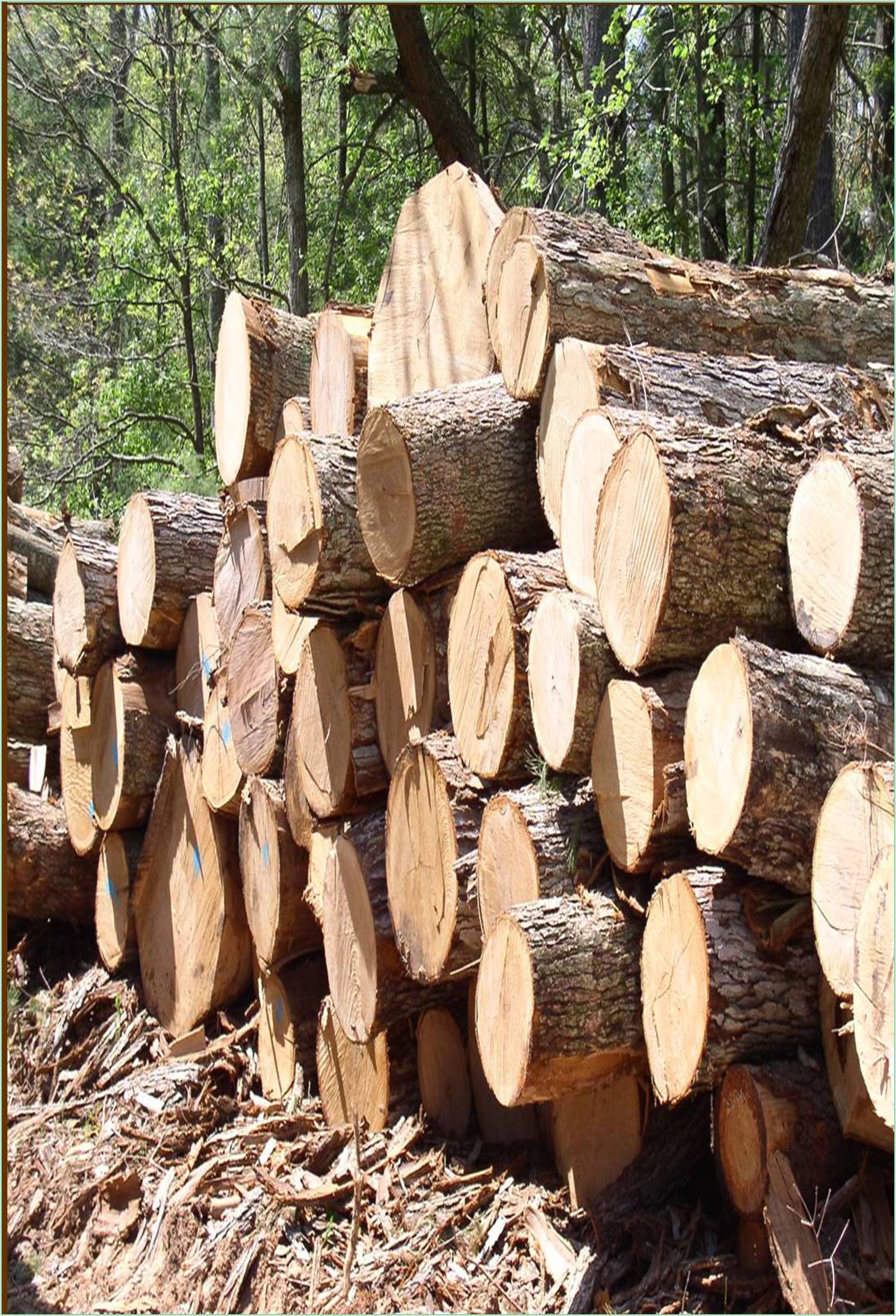



Received: 19-Oct-2022, Manuscript No. GJWSFW-22-64245(PQ); Editor assigned: 23-Oct-2022, Pre QC No. GJWSFW-22-64245; Reviewed: 06-Nov-2022, QC No. GJWSFW-22-64245(R); Revised: 18-Nov-2022, Manuscript No. GJWSFW-22-64245; Published: 01-Dec-2022, DOI: 10.15651/2449-1780.22.11.008
Wildlife has high food requirements in spring and summer not only do they've themselves to feed but their seed, too. In winter, it’s worse. Challenged with fewer day hours and less food availability, they must still find enough energy providing morsels to carry them through frigid nights and into the following morning. Sometimes the hunt for enough food may consume an entire day, and it’s a matter of life or death. Here’s what to provide for herbivores and insectivores. Plants choose plants that will flower at differing times of the season, so your yard always has something available. Some shrubs and trees will hold their fruit through downtime, furnishing food after other sources are gone. Give food for butterflies, moths and other salutary insects through spring, summer, and fall. They also produce seeds for catcalls and other wildlife. Host plants give butterflies, moths, and other insects a place to lay their eggs. The incubated caterpillars also feed on the shops until they reach the adult stage. Trees and shrubs produce flowers, berries, and nuts for catcalls and mammals. Consider participating some of your vegetable theatre with wildlife. Hedge part of it for yourself and leave some redundant for them.
Insects are the primary source of food for some creatures for them; a nonentity free yard is a barren wasteland. But, give them bugs to eat, and they’ll not only hang around but help drop your shops of numerous pest insects. Birds, frogs, lizards, spiders and some mammals, including batons and the opossum, are among those that feed on insects. Indeed insects eat other insects. However, the fish will eat them, too, if you have a pond. Attracting them to your yard is simple Have lots of plantings and, of course, don’t use germicides. (Read factory markers precisely; there are now hybridized plants on the request that are genetically modified to contain germicides).
Suet is beast fat, and it’s packed full of energy producing calories. In downtime it helps catcalls carry on through chastising temperatures. In spring and summer, it gives them energy for erecting nests, lovemaking and minding for their youthful. Be apprehensive that there are pitfalls to furnishing suet in warm rainfall it softens and can mat feathers, which reduces their separating and waterproofing parcels. It may beget complaint and conservation problems when residue falls to the ground. Also, suet is not necessary when other nutrient rich sources area available. However, be conscientious about keeping the area around it clean, if you decide to use it in warm rainfall. Any time of time, it'll be popular. Suet laced with nuts, grains, and fruits are favoured by woodpeckers, nuthatches, chickadees and any other beast that can get to it.
All living effects need to eat to survive, so food sources are a critical element of wildlife niche. Native shops form the foundation of the food chain in the natural world, and should do the same in your wildlife friendly theatre or geography. Shops give food to wildlife in a wide variety of ways, from berries to nuts to quencher and indeed the insects they support that feed other creatures. Indeed dead trees can give food by attracting insects, mosses, lichens and fungi; this garbage becomes a cafeteria for wildlife looking for a snack. Numerous species need different food at different stages in their life. Hummingbirds for illustration need quencher and regular boluses of protein from mosquitoes, spiders, trips, gnats and other arthropods to round out their diet. Other catcalls only eat seeds, or fruit. A thoughtful structured garden palette can give time round wildlife food spring and summer bloom for pollen and nectar and leafy host shops, followed by shrubs and trees that berry late fall and into downtime. Delay deadheading seed laden stalks for continued food source and strategically place fallen branches or logs in the tails of theatre beds or behind shrubs to encourage slaves and insects that birds, salamander and other wildlife calculate on. Bird effluents can condense natural food sources offered by factory material, and be particularly helpful in downtime months. Food from birds is a source of a wide variety of nutrients required to keep the mortal body in perfect working condition. Humans consume everything from fruits, flowers, even the stem of some plants, leaves and stem like lettuce, celery, roots of some shops like carrots, beetroot, and seeds like wheat and rice etc. All food comes from plants, indeed creatures depend on plants.
Hence, we gain food from plants directly or laterally. The reason one is advised to consume fruits and vegetables on a daily base is that it's a source of rich nutrients.